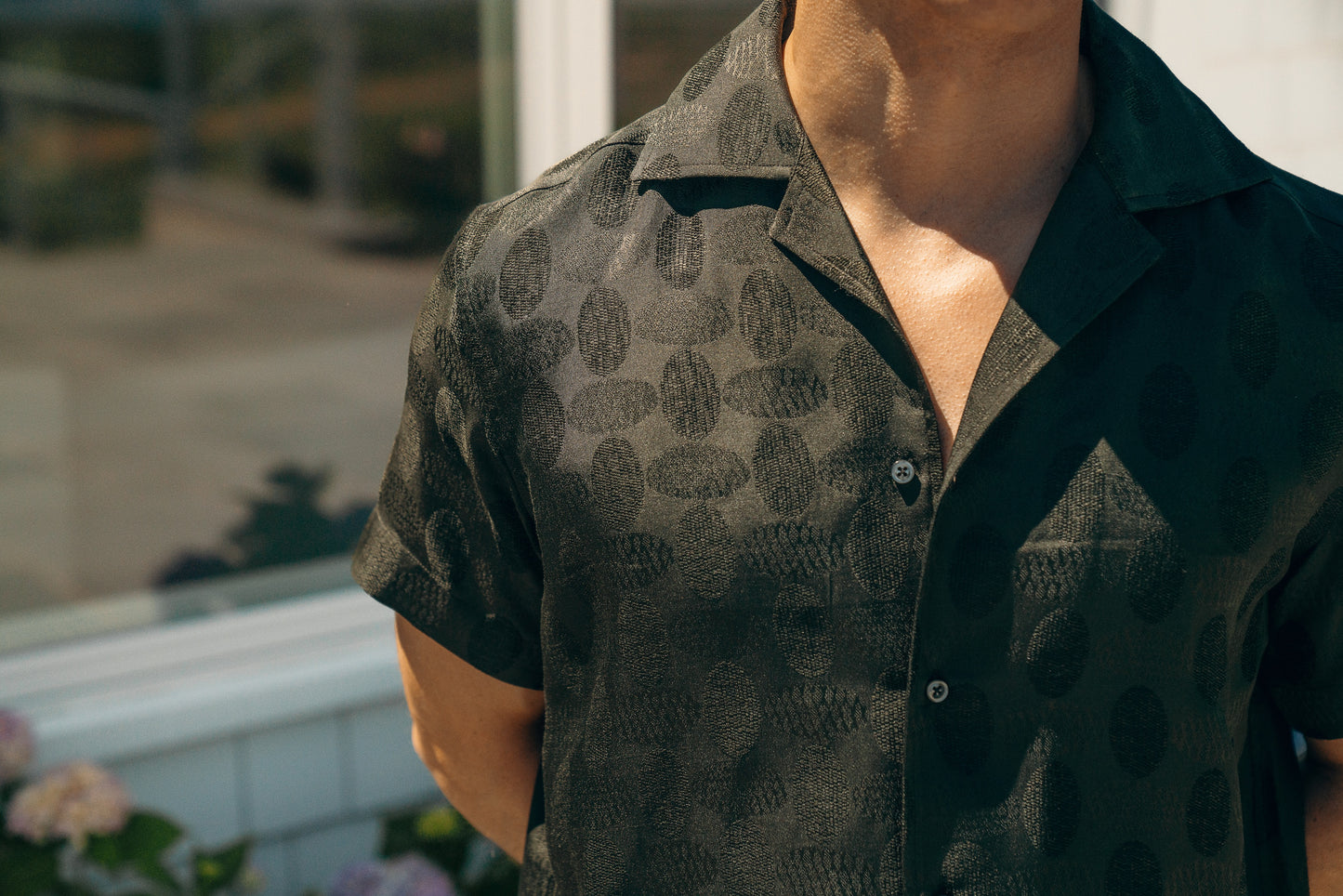When rare animal fibers are discussed, names like qiviut, vicuña, and baby cashmere often appear. Arctic fox down sometimes enters the conversation as well, often referred to as “arctic fox qiviut.” Both are unusual, but they exist in different contexts. Arctic fox fiber remains mostly experimental, while baby cashmere is a defined, traceable category produced at scale by leading mills. At WvG, we work with baby cashmere because it offers consistency, measurable quality, and proven performance in knitwear.
Arctic Fox Fiber: A Natural Rarity
Arctic foxes develop a dense undercoat to survive extreme northern winters. This fine down can, in theory, be collected during molting and spun into yarn. A small number of boutique spinners have experimented with it, but supply remains highly limited and without established infrastructure for large-scale use.
Arctic fox fiber is best understood as a niche material that demonstrates the diversity of natural fibers rather than a fiber with commercial availability.
-
Origin: Undercoat shed seasonally for insulation in extreme cold
-
Production: Collected only in small-scale, artisanal contexts
-
Status: Rare and experimental, not standardized for industrial use
Baby Cashmere: Defined, Rare, and Traceable
Baby cashmere is a recognized category in the luxury textile industry. It comes from the underfleece of Hircus goats between six and twelve months old, collected once in the goat’s lifetime. The fiber is then dehaired, combed, and spun by leading Italian mills such as Cariaggi and Loro Piana.
-
Micron count: ~13.5 microns, finer than adult cashmere (15–16 microns)
-
Softness and drape: Noticeably lighter, softer, and more fluid while maintaining structure
-
Yield: Only ~80 grams per goat, making it exceptionally scarce
-
Traceability: Sourced and processed by established mills with transparent supply chains
Performance in Knitwear
Through advanced mill processes, baby cashmere achieves qualities that make it stand out in finished garments:
-
Comfort: Extremely soft and suitable for next-to-skin wear
-
Durability: Precision spinning reduces pilling and helps garments maintain shape
-
Warmth-to-weight ratio: Provides insulation without excess bulk
-
Versatility: Works equally well in lightweight knits and denser constructions
These properties are why WvG uses baby cashmere in garments like rollnecks and cardigans, where both comfort and longevity are essential.
Where Each Fiber Fits
Every natural fiber has value, but their uses differ:
-
Arctic Fox: An uncommon, experimental fiber of interest for artisanal spinning
-
Baby Cashmere: A rare, consistent, and traceable fiber refined by top Italian mills
-
Standard Cashmere: Essential for denser knits, such as our 14-ply rollnecks, where ply count defines structure and performance
Synthetics such as polyester, acetate, and other petroleum-based materials stand in contrast to these natural options. They often lack durability, carry high environmental costs, and do not provide the same comfort or performance as natural fibers.
Frequently Asked Questions
Is arctic fox warmer than cashmere?
There is no verified data. Arctic fox fiber has not been produced or tested at scale. Baby cashmere and standard cashmere, however, have measurable performance characteristics in softness, warmth, and durability.
What is the micron difference between baby and regular cashmere?
Baby cashmere averages ~13.5 microns. Standard cashmere averages 15–16 microns. That difference is small but noticeable in softness and drape.
Why is baby cashmere so rare?
Each goat yields only ~80 grams of baby cashmere once in its life, and the fiber requires specialized dehairing and spinning. This keeps production limited to a small number of mills with the capability to process it.
Closing Thoughts
At WvG, materials come first. Arctic fox fiber represents an intriguing example of nature’s variety, while baby cashmere is an established fiber with proven qualities. By sourcing from mills like Cariaggi, we ensure every garment meets strict standards of traceability, performance, and durability.
Summary:
-
Arctic fox fiber: Rare, artisanal, not standardized for large-scale production
-
Baby cashmere: ~13.5 microns, traceable, refined by the best Italian mills
-
Standard cashmere: Reliable and essential for structured multi-ply knits
Explore our Cashmere Collection to see how WvG translates these rare fibers into garments designed for both comfort and long-term wear.



